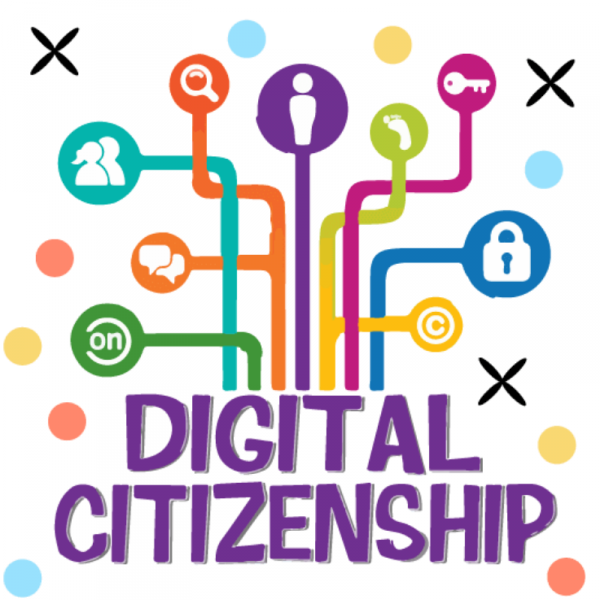
Digital citizenship is the responsible use of technology by anyone who uses computers, the internet, and digital devices to engage with society on any level. In today’s world, it is becoming increasingly less common for someone to not be engaged as a digital citizen. This is because the access and reliance on the internet is at an all-time high. The importance of understanding digital citizenship is increasing each year as we become more dependent on the internet. According to iCEV, “good digital citizenship for students engages them and shows how to connect with one another, empathize with each other, and create lasting relationships through digital tools. Bad digital citizenship, on the other hand, entails cyberbullying, irresponsible social media usage, and a general lack of knowledge about how to safely use the internet.”
iCEV also recommends that if we want to teach this subject, we need to focus on seven key concepts. These key concepts are:
- Empathy
- How the internet works
- Understanding user data
- Practicing digital literacy
- Acknowledging the digital divide
- Practicing digital wellness
- Securing digital devices
Something that I have noticed as a TTOC and throughout my first practicum is that almost every single student in high school, regardless of grade, has access to a phone and social media. Snapchat and Instagram are very prominent and seem to be the primary ways that students engage with each other. Teaching them about digital citizenship is increasingly important as cyberbullying and a lack of empathy (among other things) can have incredibly negative impacts on student’s well being. By conveying to them that we are all citizens within the digital world we can begin to teach them the importance of doing their part to be an exemplar digital citizen. Students need to be aware of their digital footprint and need to be digitally literate in order to engage as digital citizens. As educators we are responsible for the well-being of our students, and a part of that entails being good digital citizens ourselves and then teaching them to do the same.